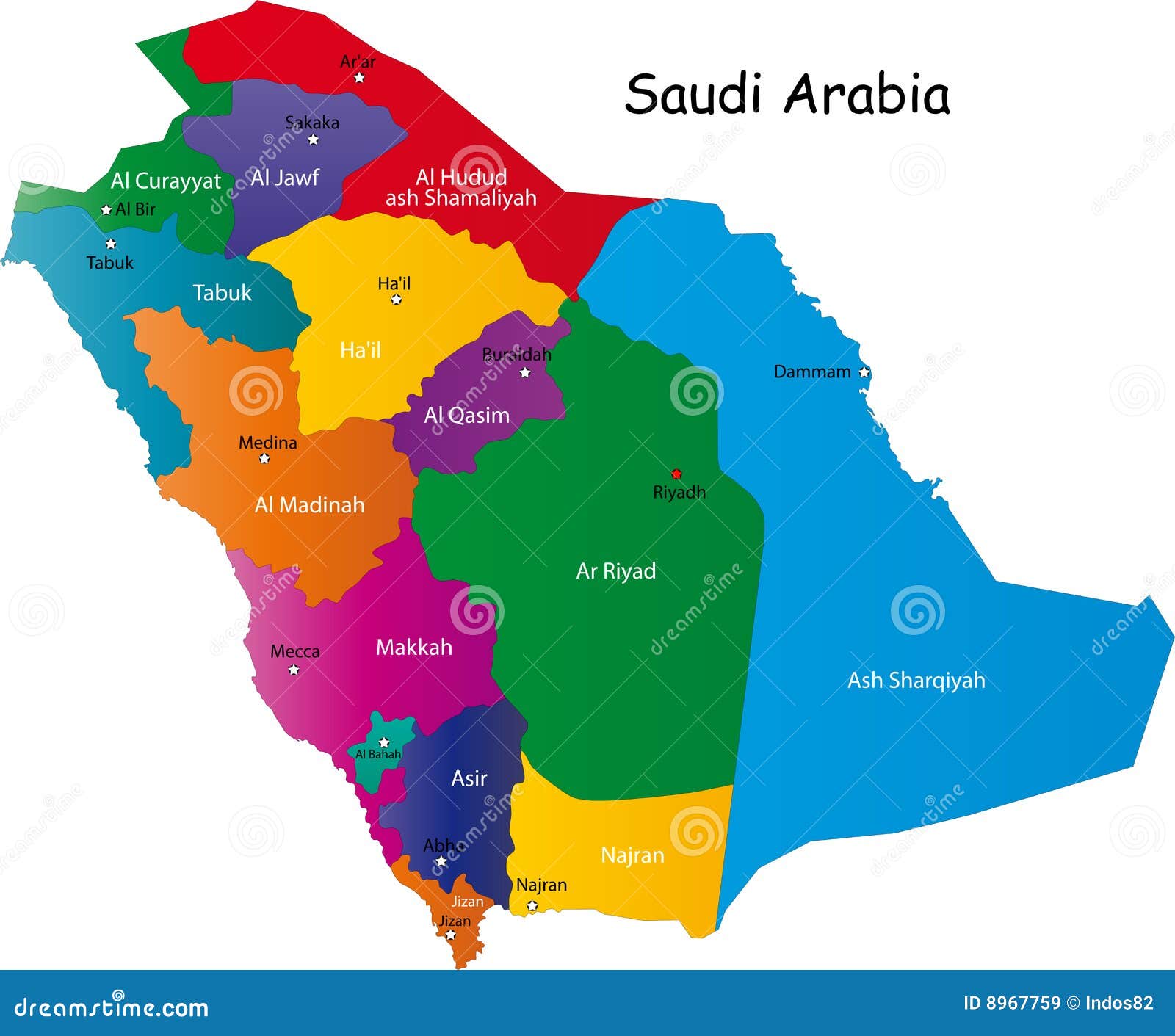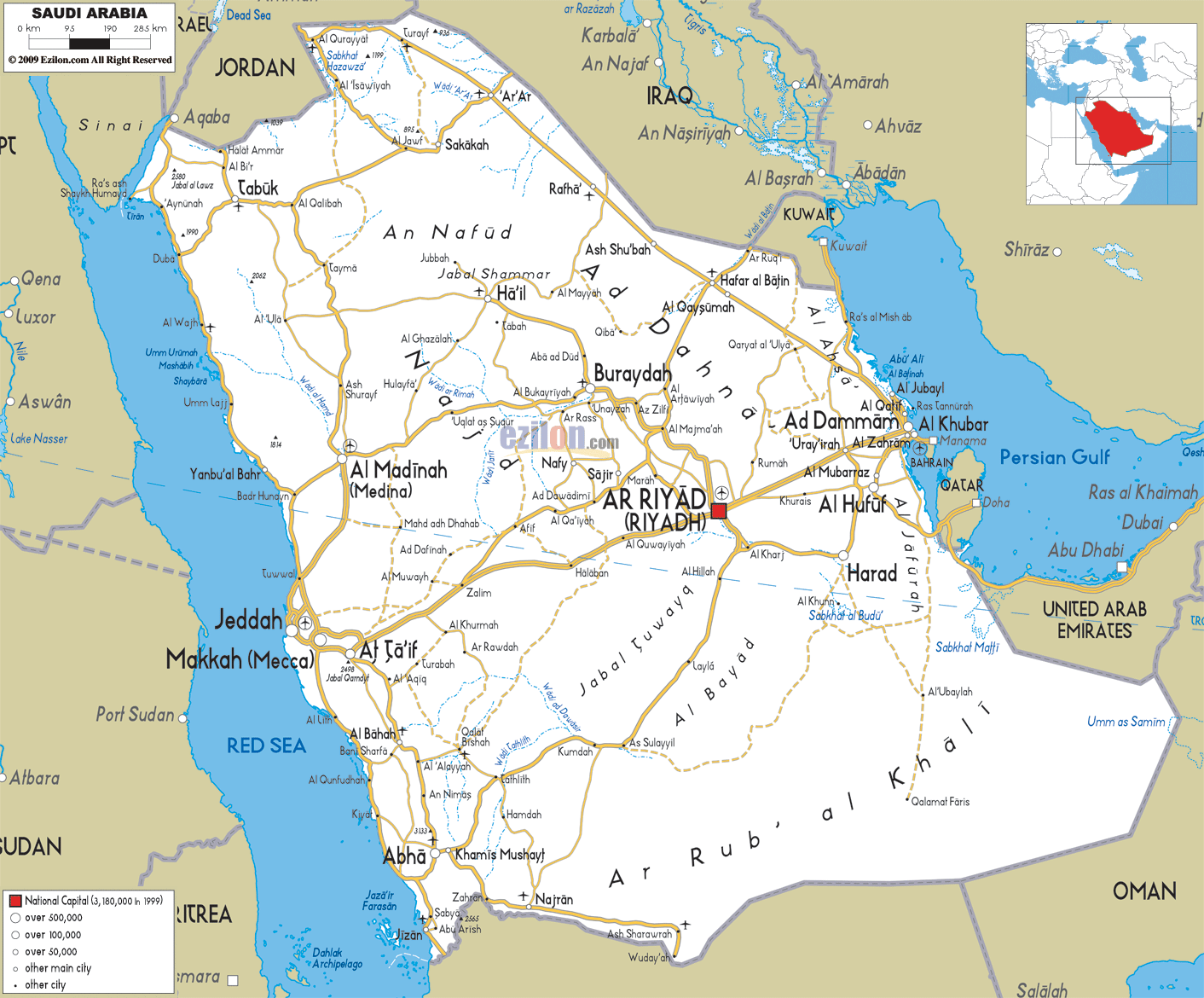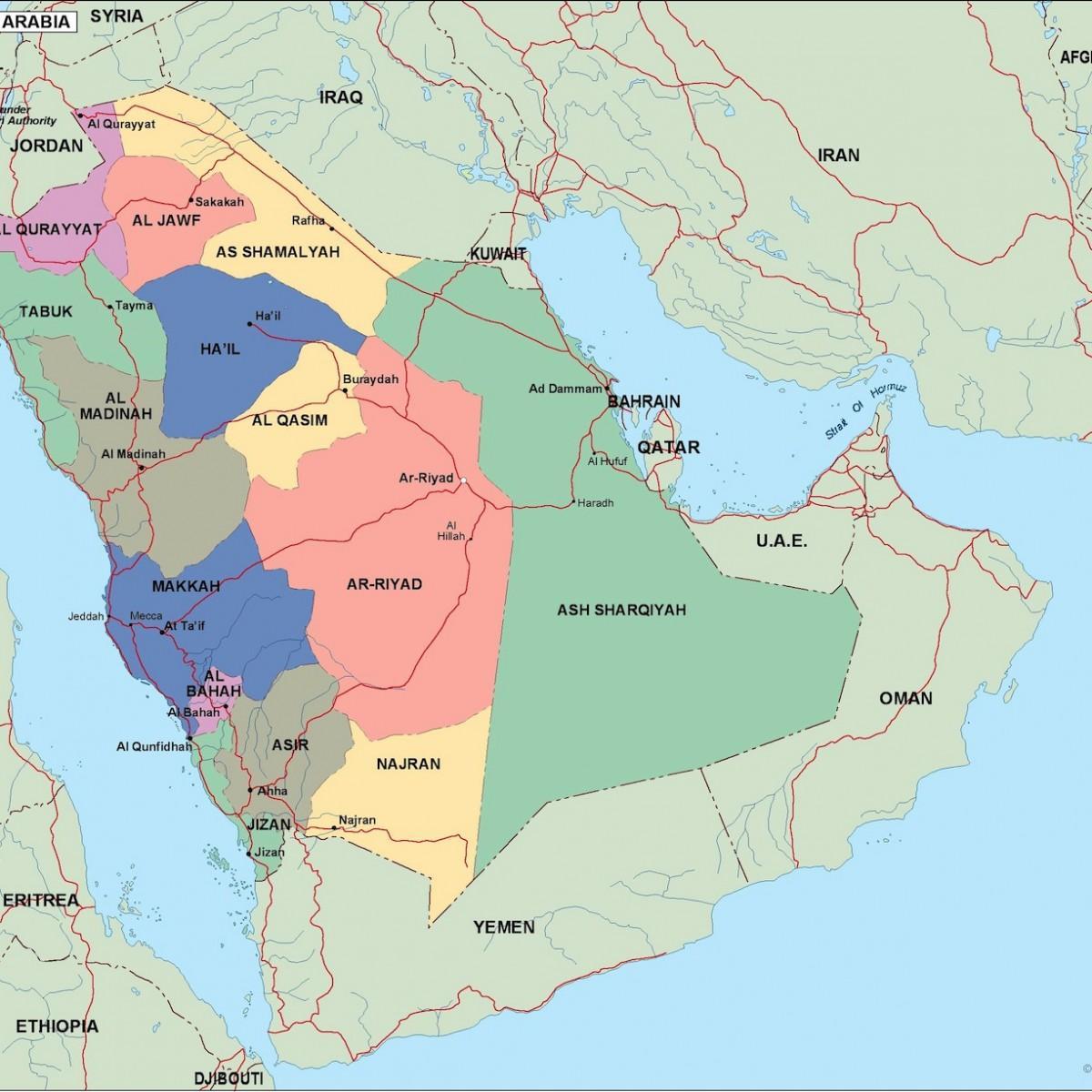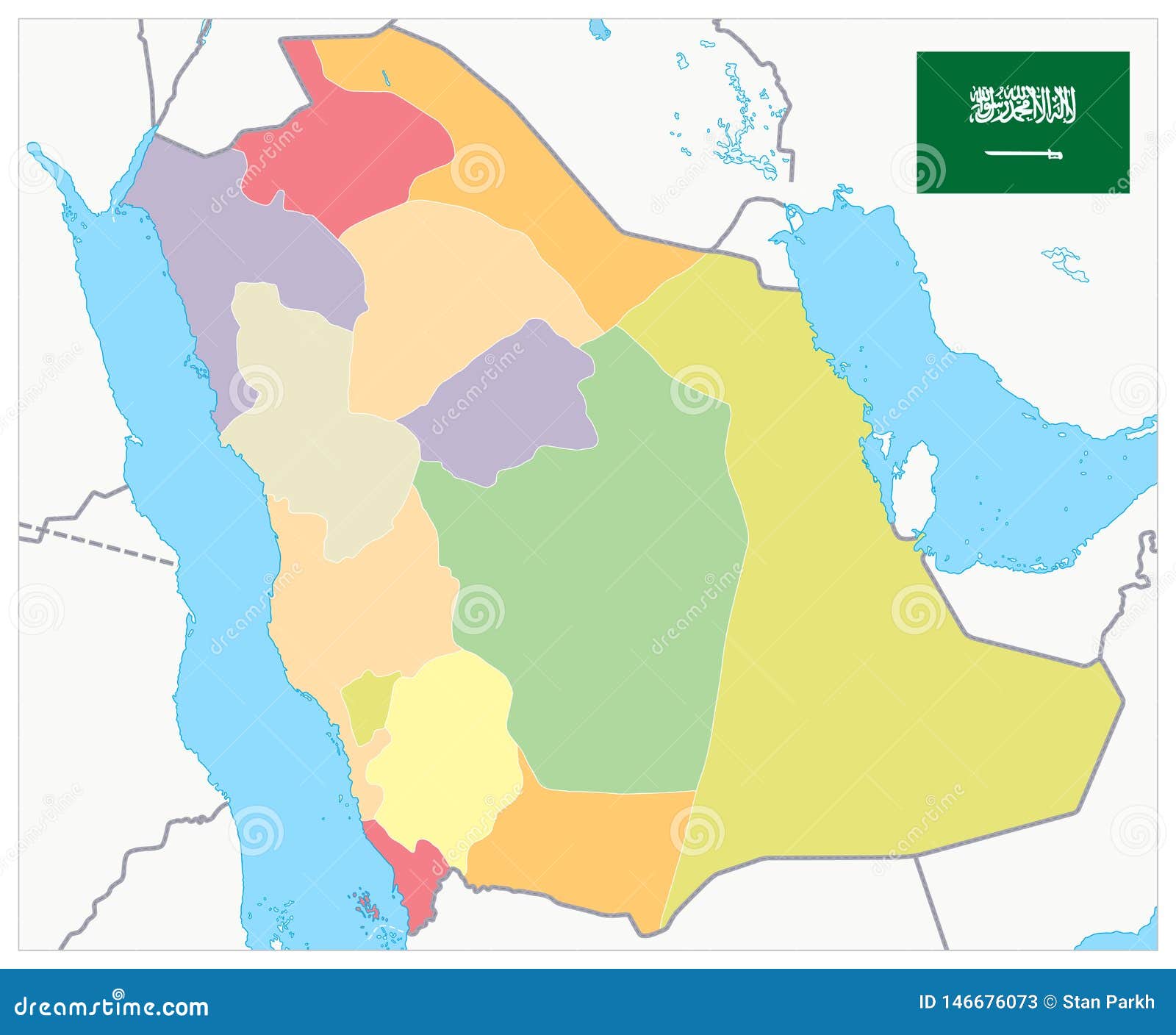The World Health Organization announced COVID-19, a novel coronavirus outbreak, as a pandemic in 2020. In the month of February 2020, the disease began to spread through the Middle East. The first case of COVID-19 in the Kingdom of Saudi Arabia was identified in March 2020, and it is now one of the region's most affected countries. Analyzing the disease's propagation pattern may aid in the development of pandemic-fighting strategies. This study aims to analyze the trend of COVID-19's spread, its recovery, and mortality in the Kingdom of Saudi Arabia .
Two to three major cities from the 13 provinces of the country were chosen, and the rate of infection recovery was recorded from the first month until the number of confirmed cases showed a decline. The data published on the official Ministry of Health website were recorded on an Excel sheet, graphically represented as figures to indicate the pattern of spread. According to the study's findings, COVID-19 positive cases were discovered in the majority of provinces as early as March 2020. The province of Makkah had the largest number of COVID-19 positive cases (30.7%), followed by Riyadh (23%). Tabuk province had the highest rate of recovery (97.8%), followed by the Northern Border Province (96.7%).
What are the 13 provinces of Saudi Arabia Makkah province had the highest mortality rate (2.6%), followed by Al Jawf province (2.4%). The highest number of tests to detect the COVID-19 was performed in the month of July, and the highest percentage of positive cases was detected in June (19.55%). All the provinces from the month of September 2020 showed a progressive decline in the number of confirmed COVID-19 cases. According to this study, COVID-19 infection was found in the majority of Saudi Arabian provinces in March 2020, with a peak in June–July 2020. Considering the climatic and demographic characteristics of the region, specific modalities need to be adopted in collaboration with international guidelines to defeat the COVID-19 pandemic.
The Kingdom of Saudi Arabia's three-fifths of the population live in major cities, which are well organized with relatively integrated transportation networks and most basic services . Understanding this could enable policymakers to assess the path of infection, which could aid in the creation of pandemic-control strategies. Saudi Arabia is mostly comprised of deserts with some forests, grasslands, and mountains. The population of the country is mostly located in the eastern and western coastal areas and rarely in deserts. The country has 13 provinces, and the population is mainly pocketed in cities and small towns .
Each province has a governor, a deputy governor, and a provincial council.These councils deliberate on the needs of their province, work on the development budget, consider future development plans, and monitor ongoing projects. The governor and deputy governor of each province serve as chairman and vice-chairman of their respective provincial council. As with the Majlis Al-Shura, members of the council participate in committees that focus on various issues of interest to the province.
The councils issue reports that are submitted to the Minister of the Interior, and then passed on to the appropriate government ministries and agencies for consideration. The provincial council system is the result of bylaws established by King Fahd in 1992. These bylaws divided the country into 13 provinces and defined their administrative structure, how they would be administered, and the responsibilities of the governors and other regional officers. In 2005, municipal elections were held for half of the members of each of the 178 municipal councils in the Kingdom.
These councils deliberate on the needs of their province, work on the development budget, consider future development plans, and monitor ongoing projects. The Saudi government has also penalized citizens in an attempt to control the online narrative surrounding the COVID-19 pandemic. In March 2020, authorities arrested an individual for sharing rumors and "news from unknown sources" on social media about the coronavirus. He reportedly faced a five-year prison sentence and an $800,000 fine under Article 6 of the Anti-Cyber Crime Law.1In May 2020, Saudi daily Arab News reported that several other citizens had been arrested for spreading "false claims" related to the pandemic. These reportedly related to methods of curbing the virus's spread, warnings of food shortages, and suggestions that health authorities were deliberately concealing the number of cases.2The status of these cases is unclear, with no further details being subsequently published.
Census operations in Saudi Arabia started in 1962–63 but have not been succeeded to establish a periodicity even though subsequent censuses were held in 1974, 1992, 2004 and 2010. Census reports differ from one another in terms of definitions, classifications and the tables. However, 2004 and 2010 censuses are comparable, where household tables have been consistently reported.
Household Tables of Census 2010 offer data by regions and governorates for indicators namely type of household ; built up material (concrete, block/brick, mud, stone and others); house ownership ; source of electricity ; source of water and type of sewage faciltiy . Each category has the number of housing units, number of households and number persons in it. It is not possible to make any direct attribution to specific interventions that will have contributed to the declining malaria across the Province; however there are several temporal observations that should be considered in understanding the malaria transition. First, declining case-incidence coincides with scaled insecticidal control targeted at larval and adult stages of Anopheles vectors and the increased distribution of ITN. This is an important association when compared to the counterfactual of reduced vector control in the 1980s and high case-incidence. Sustaining this impact, however, depends largely on continued financial support and militating against the ever-present threats of pyrethroid resistance.
Current approaches to IRS and larviciding are based upon blanket coverage of targeted areas of known high receptive risks. As case-incidence declines a more data informed basis of targeted control is required . The case-incidence of malaria is not uniform across the province (Fig.3), only five regions contribute 95 % of the locally acquired case burden in the province since 2010. A more stratified approach to vector control using reactive ACD and vector control based on localities of defined disease emergence in regions where case incidence is exceptionally low .
This would reduce the insecticide pressure on local vector populations across the province. A retrospective analysis of the spread of COVID-19 in different provinces of the Kingdom of Saudi Arabia was performed. The country consists of vast deserts, and the population is remotely distributed into separate regions, called provinces.
There are 13 provinces, Riyadh, Makkah, Eastern, Al Madinah, Al Qassim, Hail, Northern border, Asir, Al Baha, Jazan, Al Jawf, Najran, and Tabuk, which include several cities, towns, and villages. In this study, two to three major cities in each province were selected to evaluate the pattern of spread, recovery, and mortality rate . As per the Population and Household Census 2010's results, Saudi Arabia has a population of 26,090,555. Three-fourths of them are Saudi natives and the rest are non-Saudi immigrants from various parts of the world. Immigrants hail mostly from Southeast Asia and Africa (Khraif 2009; Khraif 2000; Clarke and Murray 1973).
Though the Saudi population, with the structural changes in labor force, shifted from agriculture to the service sector, the non-Saudi population remains evenly distributed . Not only in Saudi Arabia but also elsewhere in the Gulf Cooperation Council , the number of expatriates increased, pressuring the economy and society . A large number of expatriates add to the demographic challenges of Saudi Arabia in addition to the youth bulge, high fertility, and high growth .
In the region, expatriates are essentially required to develop infrastructure and power stations, government ministries and services, and industrial and agricultural sectors (Wincker 1997; Sufian 1993; United Nations 1990). Saudi Arabia's population is 26,090,555, living in 4,655,127 households with higher concentration in Al-Riyadh, Makkah Al-Mokarramah, and the Eastern Region. One-fourth of the households are in Makkah Al-Mokarrammah while another one-fourth in Al-Riyadh. The proportion of households in own houses is less than half – mostly Saudi households. Households in the Kingdom live in apartments, traditional houses, villas or floor in a villa with differing proportions across regions and between Saudi and non-Saudi.
The major source of electricity is public station followed by private station and private generators. Water source is mainly the public water inside the pipe unit but catchment tank water and well water are used. Three types of sewage system are prevalent in the Kingdom - public sewage, ditch sewage, and private sewage. As such, the Eastern Province, being the province with most of Saudi Arabia's oil reserves enjoys a high economic position. Saudi Aramco, the state-owned oil company of Saudi Arabia and an organization of major significance in the petroleum industry, is based in Dhahran in Greater Dammam. It became the fifth company in the world to reach a market capitalization of $1 trillion ($1,000,000,000,000) on December 11, 2019.
After going public the same day in what is considered the largest public offering ever as of December 2019, the next day, on December 12, 2019, the company reached a market cap of $2 trillion, becoming the first and only company in the world to break the record. The kingdom's main oil and gas fields are located in the Eastern Province with sites such as the Ghawar Field, the largest onshore oil field in the world and the Safaniya oil field, the largest offshore oil field in the world. Petroleum is refined in various refineries spread across the kingdom and shipped to dozens of countries from port cities such as Ra's Tanura. The East–West pipeline enables efficient transport of oil from the eastern oil fields and refineries to the western refineries and ports, such as Rabigh and Jeddah. Makkah, Aljouf, Eastern region, and Madinah showed the highest prevalence of abnormal glucose metabolism exceeding 35%; it was mainly due to the high prevalence of IFG in these regions that had exceeded 20%.
This high prevalence could be explained by the fact that they comprise older population or have higher BMI and waist circumference values when compared with the national mean values. In addition, these regions demonstrated higher mean FPG when compared with other administrative regions. The observations from this study indicated that COVID-19 infection was more prevalent in urbanized regions. The detection and spread of COVID-19 were also found to be early and fast in the major cities of the country . The pattern of spread of COVID-19 infection indicated that all the provinces of Saudi Arabia except the Northern border and Al Jawf recorded COVID-19 in the month of March . Further, all the provinces showed a decline in the number of COVID-19 cases from the month of October .
The infection rate in different provinces suggested that the thickly populated provinces such as Riyadh, Makkah, and Eastern peaked in the month of June. Moderately populated provinces such as Al Qassim, Hail, Asir, Najran, and Tabuk peaked in July. The councils have too little to say on budgeting for projects or executing them. The law divided Saudi Arabia into 13 regions each of which is headed by a prince from the royal family, each region has a Regional Council that include in it the governors in the region. The head of the regional council, the emir, is appointed by the king and has the rank of minister. Each region has a number of governorates, the total number of governorates in KSA is 118 governorates and within these governorates are 285 municipal councils.
The council's membership consists of the local heads of the sectorial ministries, the heads of government agencies, ten citizens and local civic leaders. The council maintains law and order and supervise socio-economic development. The highest proportion of households in the Kingdom are in apartments (41.1%), followed by traditional house (26.2%), villa (17.7%), and floor of a villa (17.7%). Makkah Al-Mokarammah has 54.1 percent; Al-Madina Al-Monawarah has 51.1 percent; the Eastern Region has 46.4 percent; and Tabouk has 46.4 percent of households in apartments . The Jazan and Hail regions have a low share of such housings (13.4% and 14.1%, respectively) revealing that housing developments differ regionally in the Kingdom. While major regions such as Al-Riyadh, Makkah Al-Mokarramah and the Eastern Region have developed modernized apartments, other regions have not.
Thus, single family house incorporating the privacy features and greater number of rooms, providing for segregation of sexes and the guests appears to be the preferred type of dwelling unit in the Kingdom (Rahmaan et al. 1990). Table 3 demonstrates the prevalence of different abnormal glucose metabolism, namely, type 1 diabetes, type 2 diabetes, and IFG in various administrative regions for the age group from 0–100 years. The overall prevalence of abnormal glucose metabolism was 34.5%, out of which 22.6% and 11.9% were IFG and diabetes, respectively.
Among the diabetic group, the prevalence of type 1 diabetes in the total study sample was 0.8% and that of type 2 diabetes was 11.1%, divided into 4.9% known diabetic patients and 6.2% newly discovered cases. The history of agricultural extension in Saudi Arabia is basically tied with the country's agricultural development and establishment of relevant institutions. In ancient times, agriculture comprised the farming of dates and some vegetables in widely scattered oases and in a tiny strip of coastal land in the southwest.
The small-scale farming fulfilled local communities' food needs while any extra production was sold to passing caravans. Armed camel raisers depended on this food, and the Bedouins obtained some of their necessities through tribute in return for their protection of farmers and craftspeople. Terracing has been practiced since long in the mountain areas of the southwestern region for capturing rain water and soil conservation purposes. This location, which has now become the center of modern agriculture in Saudi Arabia, has been providing since long the products like flour, cheese, yoghurt, eggs, vegetables, dates, watermelon and meat to the dwellers of neighboring cities like Riyadh. In the fourth plan ( ), the country's basic infrastructure was viewed as largely complete, but education and training remained areas of concern. Private enterprise was encouraged, and foreign investment in the form of joint ventures with Saudi public and private companies was welcomed.
The private sector became more important, rising to 70% of non-oil GDP by 1987. While still concentrated in trade and commerce, private investment increased in industry, agriculture, banking, and construction companies. These private investments were supported by generous government financing and incentive programs.
The objective was for the private sector to have 70% to 80% ownership in most joint venture enterprises. Saudi Arabia's first two development plans, covering the 1970s, emphasized infrastructure. The results were impressive--the total length of paved highways tripled, power generation increased by a multiple of 28, and the capacity of the seaports grew tenfold. Spending on infrastructure declined, but it rose markedly on education, health, and social services. The Kingdom of Saudi Arabia, the largest nation in the Arabian Peninsula is divided into 13 regions, which are of different development levels in terms of both population and public utility infrastructure. More than the other regions, population is high in Al-Riyadh, Makkah Al-Mokarramah, and the Eastern Region, due to urbanization.
The current analysis of census results is aimed at understanding regional variations in population and households and house ownership, type of housing, and housing infrastructure. Sometime during the 1970s, the government established a formal public agricultural extension service within the then Ministry of Agriculture and Water. The provision of free-of-charge extension services were provided to the farmers through a national and several provincial general directorates for agricultural affairs. All aid programmes, whether in education, research or services, are provided by the government through different agencies and channels. However, various forms of agricultural cooperation between national and many international institutions have been established for many years.
In plant nematology, scientific cooperation with institutions, societies and research centres has been established and even more cooperation is being sought. In agronomy or plant protection, work in the different agricultural regions of the country. Although they were not specifically trained as extension agents in plant nematology, they are encouraged to participate in nematology training programmes and workshops. They help farmers, as best they can, to minimize their nematological problems and also interact with their superiors in the ministry and with the professional nematologists in the three colleges of agriculture.
Through 5-year development plans, the government has sought to allocate its petroleum income to transform its relatively undeveloped, oil-based economy into that of a modern industrial state while maintaining the kingdom's traditional Islamic values and customs. Although economic planners have not achieved all their goals, the economy has progressed rapidly. However, significant population growth has strained the government's ability to finance further improvements in the country's standard of living.
Heavy dependence on petroleum revenue continues, but industry and agriculture now account for a larger share of economic activity. The mismatch between the job skills of Saudi graduates and the needs of the private job market at all levels remains the principal obstacle to economic diversification and development; about 4.6 million non-Saudis are employed in the economy. The role of local authorities has been revised to improve local capacities from managing day to day immediate services to managing cities from all five city prosperity dimensions. The shifts envisaged by the new Ministry of Municipality's strategy and the propositions for a new urban vision require the enhancement of both institutional and human resources capacities. The Future Saudi Cities Program will analyse how regulatory frameworks best address the needs of the local population.
In particular it will analyse the Regions Act, the Municipalities Statute and the Building Act in order to recommend the legislative and institutional requirements for effective implementation of policies and regional and city plans. Some authorities have special status in the Emirates of Riyadh, Mecca, Jeddah and Medina to manage their own finances and have budgets separate from the Ministry of the Interior. In Mecca and Medina, development committees conduct administrative functions, planning and development, and education and health services, among others. The central government still has the power to dissolve a local government, remove members of the local council or choose contractors to undertake local projects, which in some cases can create conflicts of interest. English-language websites of most international news agencies are available. Arabic content is widely available, as are Arabic versions of commonly used social media sites and mobile apps.
Information on certain minority groups, such as the LGBT+ population, is largely unavailable. In July 2020, a Saudi court imprisoned Yemeni blogger Mohamad al-Bokari for a social media post supporting LGBT+ rights . Desalination plants provide water to households in Saudi Arabia, which is substituted by authorities' wells and farm wells (Hashem and Al-Johany 1994; US- Saudi Arabian Business Council 2009). Second, areas where the highest locally acquired case incidence are described are coincidental with those that also describe the highest numbers of imported cases (Figs.3, 4). Importation of malaria from neighbouring Yemen continues to pose a significant threat to elimination in Jazan province. In 2001, the National Malaria Control Programme in Yemen was re-established and a collaborative programme to control cross-border malaria was resurrected and revised since it was first established in 1979.



























No comments:
Post a Comment
Note: Only a member of this blog may post a comment.